Data Update 1 for 2025: The Draw (and Danger) of Data
Musings on Markets
JANUARY 10, 2025
Breaking down companies by (S&P) sector, again both in numbers and market cap, here is what I get: While industrials the most listed stocks, technology accounts for 21% of the market cap of all listed stocks, globally, making it the most valuable sector. Beta & Risk 1. Dividends and Potential Dividends (FCFE) 1.

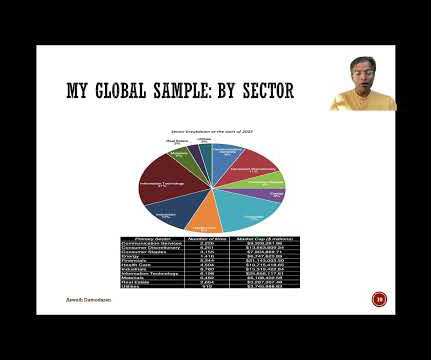
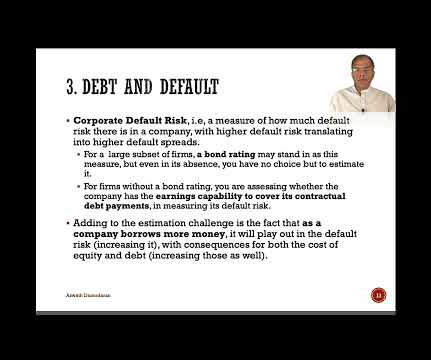
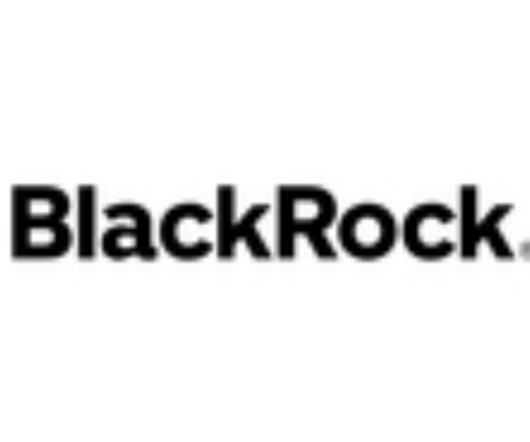
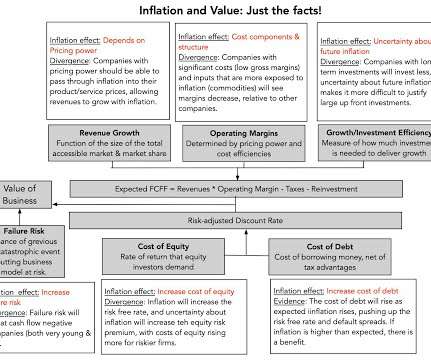
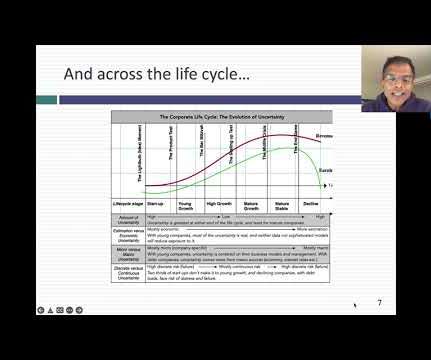
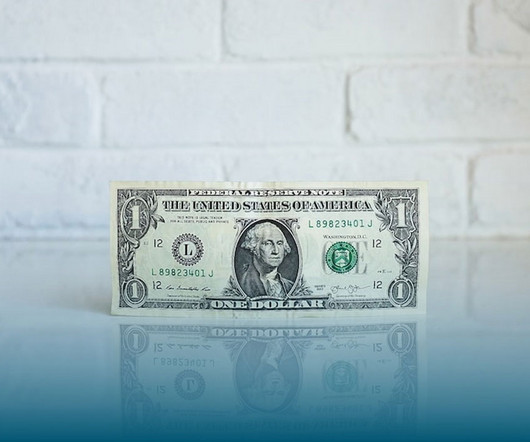
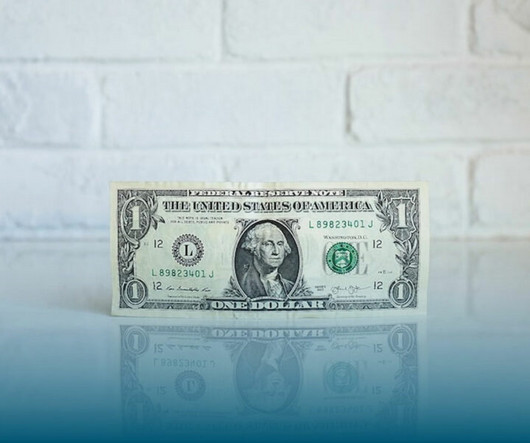
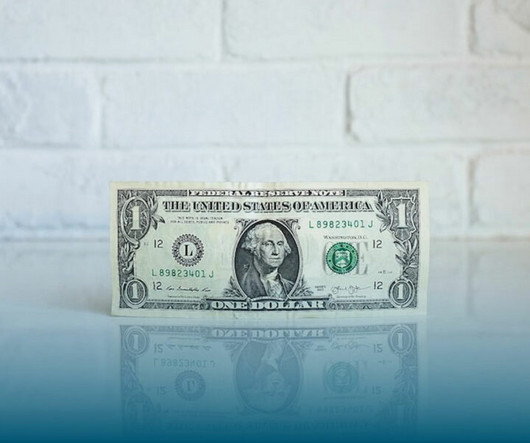
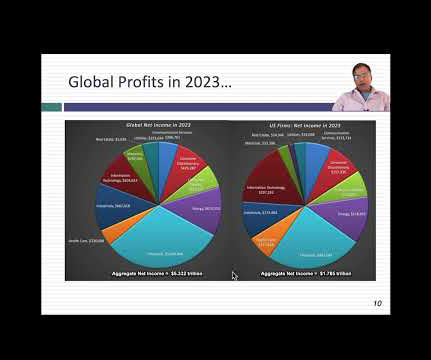
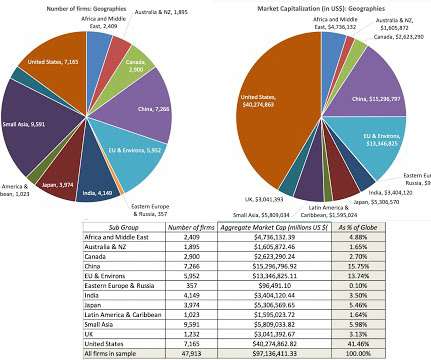
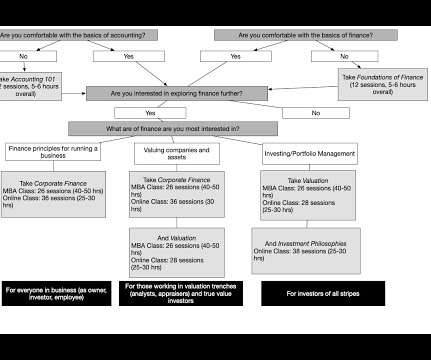
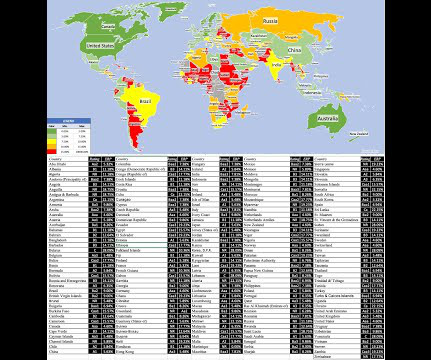







Let's personalize your content